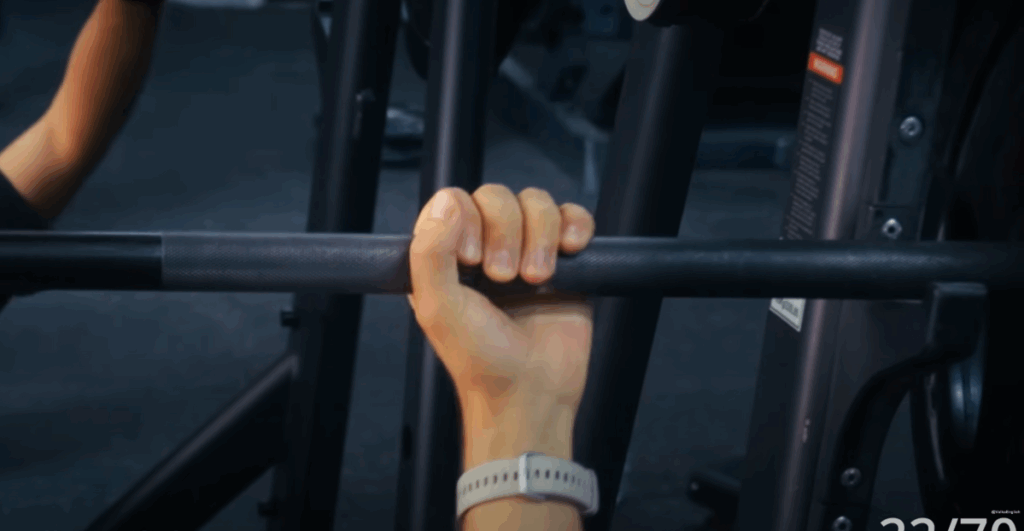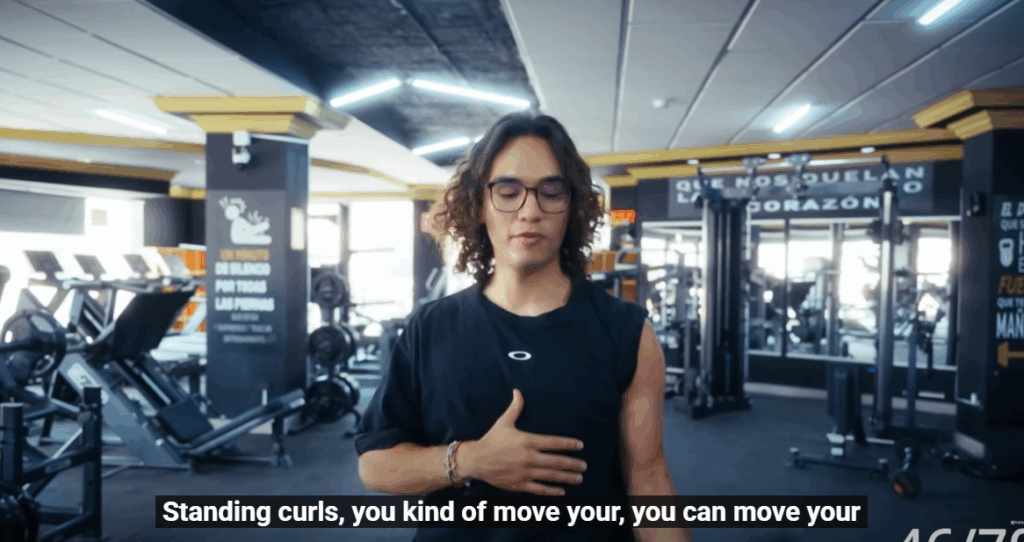Before you even touch a weight, a proper warm-up is non-negotiable. This isn’t just a suggestion; it’s a vital step to prevent injury and optimize performance. A warm-up elevates your core body temperature, increases blood flow to your muscles, and primes your nervous system for the demanding work ahead. A simple, yet effective, warm-up can be as straightforward as 5 to 10 minutes on a treadmill, a stationary bike, or an elliptical machine. This gentle cardiovascular activity prepares your body for more intense movements.
Beyond the physical warm-up, a successful gym session requires a few essential items. A reusable water bottle is paramount to staying hydrated throughout your workout. Dehydration can quickly lead to fatigue and a decrease in performance. Additionally, a pair of quality earphones can be a game-changer, allowing you to focus and find your rhythm with your favorite music or podcasts. Lastly, wearing the right gym clothes—including a t-shirt, shorts or pants, and appropriate footwear—is essential for comfort and freedom of movement. Many gyms also have turnstiles at the entrance, which require a membership card or facial scan for entry, and lockers for securely storing your personal belongings.

The Power of a Push-Pull-Legs Split
For those new to weight training, a Push-Pull-Legs (PPL) split is one of the most popular and effective workout routines. This regimen organizes your training days by muscle group function, allowing for adequate recovery time while hitting each major muscle group with high frequency.
- Push Day: This day focuses on exercises where you “push” the weight away from your body. This includes your chest (pectorals), shoulders (deltoids), and triceps. Classic push-day exercises include the bench press, which can be performed on a flat, incline, or decline bench, and the shoulder press using dumbbells. For triceps, a tricep pulldown on a cable machine is a fantastic isolation exercise.
- Pull Day: On pull day, the focus shifts to exercises that involve “pulling” the weight toward your body. This targets your back (latissimus dorsi) and biceps. Key exercises include rows, which mimic the motion of rowing a boat, and pull-ups. While deadlifts are a powerful back exercise, they carry a high risk of injury if performed incorrectly, so they are often reserved for more advanced lifters. Biceps are best trained with various types of curls, such as preacher curls, which isolate the muscle more effectively than standing curls.
- Leg Day: Often a love-hate relationship for many, leg day is critical for building a balanced physique. It targets your entire lower body, including the quadriceps, hamstrings, glutes, and calves. Compound movements like squats on a Smith machine and the leg press are staples. For isolation, machines like the calf raise machine and exercises like lunges are excellent for targeting specific muscles.
When performing these exercises, you’ll encounter different equipment. Plates are the large circular weights you load onto barbells or machines like the leg press. Dumbbells are the individual, hand-held weights. When using a barbell for exercises like the bench press, it’s crucial to understand proper grip and, for heavy lifts, to have a spotter. A spotter is a workout partner who can assist you if you fail to complete a lift, preventing potential injury.
A workout is typically structured around sets and reps. A “rep” (repetition) is a single, complete execution of an exercise. A “set” is a group of consecutive reps. For muscle growth, aiming for 3 sets of 8 to 12 reps per exercise is a common and effective strategy.

The Importance of Form and Terminology
Proper form is paramount to a safe and effective workout. One of the most important concepts is full range of motion. This means performing each rep through the complete movement, from the starting position to the final contraction. Half-reps, where you don’t complete the full range of motion, can limit muscle activation and growth. Every piece of equipment in a well-equipped gym, like the leg press machine, often has a sticker with instructions on how to use it correctly and the muscles it targets. This is an invaluable resource for anyone unsure of proper technique.
You’ll also hear a variety of slang and terminology in the gym. For instance, the feeling of your muscles swelling with blood after a set is called a pump. It’s a temporary but satisfying feeling that many lifters “chase.” After completing a set, you might hear someone say “rack it,” which simply means to put the barbell or dumbbells back on the rack. The day after an intense workout, particularly leg day, you may feel sore. This muscle soreness is a natural sign of muscle fiber breakdown and repair, and it’s a good indicator that you’ve challenged your body. This leads to the classic gym mantra: “No pain, no gain,” which encapsulates the idea that true progress requires pushing through discomfort.

Post-Workout and Recovery: The Final Chapter
Once your workout is complete, don’t just walk out the door. A proper cool-down is just as important as the warm-up. This helps your heart rate return to normal and allows your body to begin the recovery process. A short walk on the treadmill is a great way to start.
Following your cool-down, stretching is essential. Static stretching—where you hold a stretch for 15-30 seconds without moving—is ideal for a post-workout cool-down. This helps improve flexibility and reduce muscle tightness. Conversely, dynamic stretching, which involves movement, is typically performed before a workout to prepare the muscles.
Recovery extends beyond the gym. Proper nutrition is the single most important factor for muscle growth and weight management. This includes consuming enough protein to repair and rebuild muscle tissue, often in the form of a protein shake. Don’t forget to push through when you feel tired or unmotivated. The mental fortitude to stay consistent is just as important as the physical effort.
Finally, while having a friend to spot you or share pre-workout supplements with can be great, remember that fitness is a personal journey. The goal is to build a routine that is sustainable, safe, and enjoyable for you.



